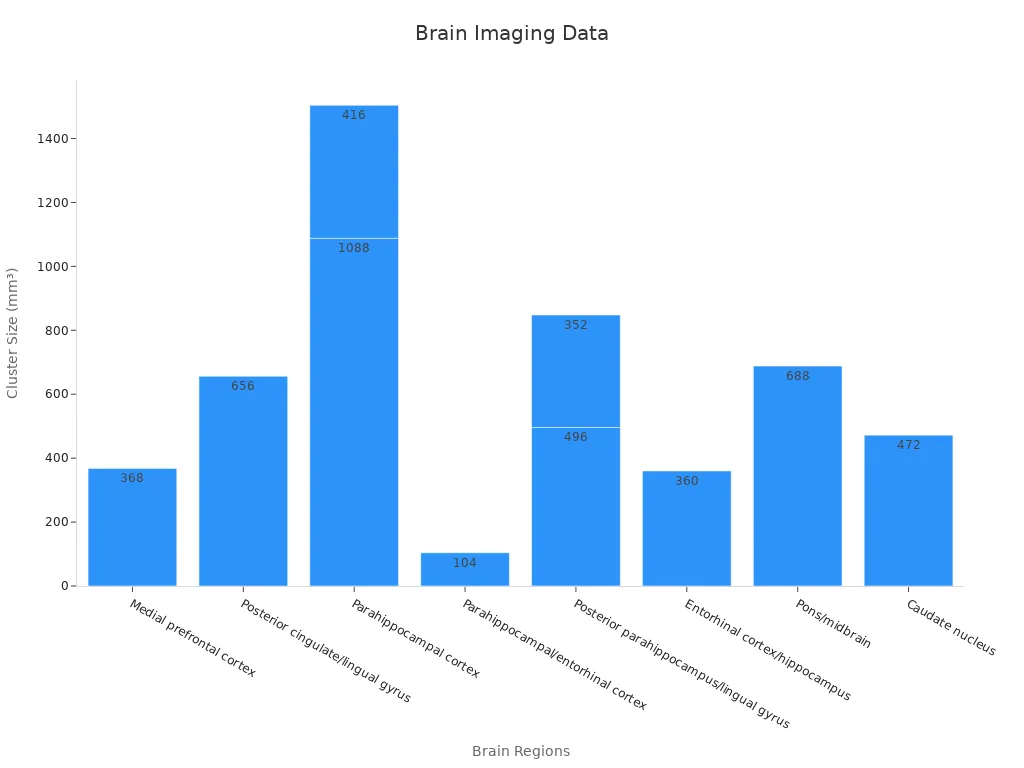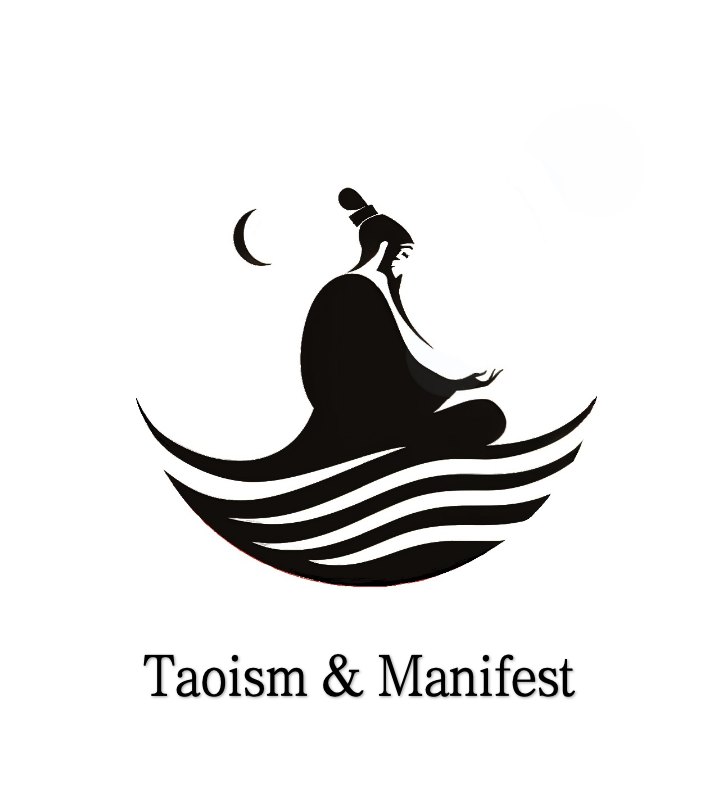
How Zhuangzi Dreaming Makes Us Doubt Reality

Have you ever thought you might be dreaming right now? Zhuangzi, also called Zhuang Zhou, told a famous butterfly dream. This dream makes you wonder if your world is real. Zhuangzi’s philosophy shows dreams and reality can seem almost the same. (To better understand the philosophical tradition this comes from, you can explore our introduction on What is Taoism.) Studies show that dreaming and being awake use some of the same brain states. Your mind sometimes cannot tell them apart. Zhuangzi Dreaming asks you to think about how dreams affect who you are. His philosophy says that asking questions about reality can change how you see yourself.
Key Takeaways
Zhuangzi’s butterfly dream shows dreams and reality can feel the same. This makes us wonder what is really real.
Our mind shapes how we see the world and ourselves. It can change how we feel about who we are in dreams and when awake.
Science finds the brain works in similar ways in dreams and when awake. This makes it hard to know if we are dreaming or not.
The dream argument teaches us to question our senses. It shows we may never know if we are dreaming or awake. Accepting this mystery helps us think of new ideas. It lets us enjoy the wonder of our mind and life.
Zhuangzi’s Butterfly Dream

The Story
You might wonder where the butterfly dream comes from. The story appears in the ancient Chinese text called the Zhuangzi. Zhuang Zhou, the philosopher behind Zhuangzi, once had a strange dream. In his dream, he became a butterfly. He fluttered around, feeling happy and free. He did not know he was Zhuang Zhou. When he woke up, he felt confused. Was he Zhuang Zhou who had dreamed of being a butterfly, or was he a butterfly now dreaming he was Zhuang Zhou? This story, found in the Zhuangzi, has puzzled people for centuries. It shows how dreams can make you question what is real and what is not.
The butterfly dream story asks you to think about your own mind. When you dream, your mind creates a world that feels real. Zhuangzi dreaming shows that your mind can blur the line between dreams and reality. You may not always know if you are awake or dreaming.
Meaning and Implications
Zhuangzi’s butterfly dream gives you a powerful lesson about reality and identity. The dream motif in this story shows that dreams and waking life can feel the same. Your mind does not always know the difference. Zhuangzi uses the dream motif to show that your sense of self can change. You might feel like one person in a dream and another when you wake up. Zhuang Zhou’s story teaches you that identity is not fixed.
You can see the dream motif in many parts of Zhuangzi’s philosophy. Zhuangzi dreaming makes you ask if reality is just another dream. The dreaming butterfly reminds you that your mind shapes your world. Zhuangzi’s philosophy tells you that dreams, reality, and identity all connect. (This perspective is a key part of a larger tradition; learn about its development in The Historical Evolution of Taoism.) The story of Zhuang Zhou and the butterfly dream helps you see that your mind can create many versions of reality. You learn that dreams can teach you about yourself and the world.
-
Zhuangzi’s butterfly dream uses the dream motif to show:
Dreams and reality can feel the same.
Your mind can change your sense of self.
Philosophy can help you question what you know.
Zhuangzi Dreaming and Reality
Ambiguity of Experience
Zhuangzi dreaming makes you wonder about dreams and reality. When you dream, your mind builds a world that feels real. Sometimes, you cannot tell if you are dreaming or awake. This shows your mind shapes what you think is real. The dream motif in Zhuangzi’s philosophy helps you see both dreams and waking life can feel true.
Modern brain studies agree with this idea. Scientists found that during REM sleep, your brain is active in places like the medial prefrontal cortex and parahippocampal cortex. These parts also work when you are awake. This overlap makes it hard to tell dreams from real life. The chart below shows how brain regions light up during REM sleep, making dreams seem real.

You can see your mind uses similar patterns for dreams and waking life. This makes it hard to say what is truly real. Zhuangzi dreaming teaches you that your reality depends on your mind, not just the outside world.
Interconnectedness of Identity
Zhuangzi’s philosophy also looks at how dreams change who you are. When you dream, you might become someone or something else, like a butterfly. Your mind can switch your identity from one dream to another. This means your identity is not always the same. It changes with each dream and each time you wake up.
Zhuangzi dreaming uses the dream motif to show your mind and experience shape who you are. You do not have just one self. Instead, your identity links to your dreams, your waking life, and what you think is real.
Philosophers today use Zhuangzi’s ideas to talk about reality and how we see things. They say there is no one real reality. Your mind makes many versions of reality through dreams and waking life. This idea, called perspectivism, means your mind’s view shapes what you think is real. Zhuangzi dreaming helps you see your mind, dreams, and reality all connect. You learn your mind’s power to dream also shapes what you think is real and who you are.
Is Reality a Dream?

The Dream Argument
You may wonder if you can ever know for sure that you are not dreaming right now. This question sits at the heart of the dream argument. Zhuangzi’s butterfly dream started this debate long ago. Later, the philosopher René Descartes made the dream argument famous in Western philosophy. He asked if you could trust your senses, since dreams can feel just as real as waking life. When you dream, your mind creates a world that seems true. You see, hear, and feel things in your dream. Sometimes, you even believe you are awake inside the dream.
The dream argument challenges you to find a clear line between dream and reality. You might think you can test your world by pinching yourself or looking for strange details. However, dreams often trick your mind. You may not notice anything odd until you wake up. Both dream and waking states can seem equally real to your mind. This makes the dream argument powerful. You cannot always tell if you are in a dream or reality.
Philosophers use the dream argument as a thought experiment. They want you to question the nature of reality. If you cannot prove you are awake, how do you know what is real? The dream argument does not just belong to old philosophy books. Scientists today study how your mind works in dreams and waking life. They find that your brain uses similar patterns in both states. This makes it even harder to answer the question: is reality a dream?
Philosophical Challenges
You face many challenges when you try to answer the dream argument. One big problem is that both dreams and waking life feel real to your mind. When you dream, you do not know you are dreaming. You only realize it after you wake up. This makes it hard to trust your senses. The dream argument shows that your mind can create a world that feels just like reality.
Philosophers and scientists have tried to test the dream argument. They use experiments to see if you can tell the difference between dream and reality. For example, researchers have used sounds and smells to try to make people realize they are dreaming. The results show how hard it is to spot the difference:
In one study, only 1 out of 16 people noticed a smell during REM sleep and became aware they were dreaming.
Another study used ringtones. Out of 40 dream reports, only 12 included the sound, and just 2 people realized they were dreaming.
A third study played music during dreams. Eight out of 38 dreams had music, but there was no big difference between people who heard music and those who did not. Only direct clues helped people know they were dreaming.
These studies show that your mind does not easily spot clues from the outside world when you dream. Even when you get a signal, you may not realize you are in a dream. This makes the dream argument even stronger. You cannot always trust your senses to tell you if you are in a dream or reality.
The dream argument also points out the limits of human knowledge. You use your mind to test reality, but your mind can also create dreams. This means you cannot always prove that your world is not a dream. Philosophers call this the problem of objective reality. You want to know if there is a world outside your mind, but the dream argument shows you may never know for sure.
You can use another thought experiment to test the dream argument. Imagine you wake up from a dream and find yourself in another dream. How would you know when you finally reach reality? Your mind can create many layers of dreams. Each one feels real while you are inside it. This makes the dream argument a challenge that you cannot easily solve.
The dream argument teaches you to question what you know. It asks you to think about the nature of reality and the power of your mind. You may never find a perfect answer to the question: is reality a dream? However, by exploring the dream argument, you learn more about your mind, your dreams, and the world you live in.
Distinguishing Dreams and Reality
Attempts and Limitations
You might try to tell dreams from reality. People use logic or science to check if they are awake. For example, you could read a sentence twice or watch the clock. These tricks seem easy, but they do not always work. Dreams can copy real life rules. Sometimes, you do not notice anything strange until you wake up.
Researchers have looked at how people from different places talk about dreams. The table below shows some ways people try and their problems:
Study / Example |
Description |
Shortcomings Highlighted |
|---|---|---|
Julia Levine's cross-cultural study |
Children said how real their dreams felt |
Answers were personal and did not match real life |
Cross-cultural dream research |
People shared dreams important to their group |
Stories often showed culture, not what was real for each person |
Hall/Van de Castle system |
Used to sort dream stories |
Did not work well outside Western countries |
Krista and Tatiana Hogan case |
Conjoined twins shared senses |
Showed how the brain can mix dream and real life |
You can see that old ways do not always show the whole truth. They may not work for everyone or every place. Zhuangzi’s dream argument reminds you that your mind can mix up dreams and reality, so simple tests are not always enough.
Scientific and Logical Approaches
Scientists use brain scans and tests to see how dreams and being awake are different. Some studies show your brain acts in similar ways in both states. The dissipative quantum model of the brain uses science ideas to explain how your brain works in dreams and real life. This model looks at brain waves and memory to find clues that might help you know if you are dreaming or awake.
Lucid dreaming studies show people can sometimes know they are dreaming. In these tests, dreamers move their eyes in special ways to show they know. This proves you can control some things in a dream, but it does not always help you tell dreams from real life. Memory is important too. Many people forget dreams or only remember parts, so it is hard to compare dreams to being awake.
-
Scientists have found:
Dreamers can answer questions and solve problems in dreams.
These results show some things are the same in dreams and real life.
Researchers also look at people who cannot tell dreams from reality. Some people with mental health problems act on dreams as if they are real. Most science tests use self-reports, but these are not always right. Math and brain scans help, but they do not give a perfect answer.
You may never find a sure way to tell dreams from reality. The dream argument and Zhuangzi’s ideas show that not knowing is part of life. (This embrace of uncertainty is a core Taoist principle; discover practical ways to apply it with our guide, Taoism Method for Embrace The Unknown. )Accepting this can help you enjoy the mystery of the world and your own mind.
Zhuangzi’s butterfly dream makes you think about what is real and who you are. When you think about how dreams and real life mix, you see you cannot always be sure. In science, meta-analyses put many studies together to help people decide, even if the results are not the same. If you accept that you do not know everything, you can learn new things about life. This way, you can look at life in different ways and enjoy its mystery.





